Long before smartphones became appendages to our bodies and text messages replaced actual conversation, the humble landline telephone ruled our social worlds. In the 1970s, when rotary dials still clicked and phone books were essential household items, the telephone represented our primary connection to the world beyond our front doors. Despite its technological limitations, the ’70s phone created cultural habits and social rituals that defined an era. Take a nostalgic trip back to when “phoning someone” was an event rather than a constant state of being.
1. The Strategic Positioning of The Family Phone
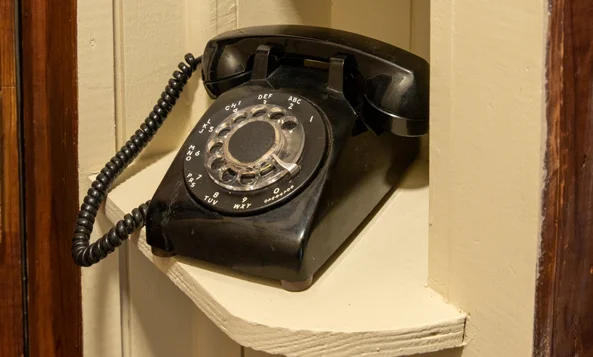
In most ’70s homes, there was exactly one telephone, typically mounted to the kitchen wall or placed on a small dedicated table in the hallway. This single communication hub determined the flow of household traffic and who had access to private conversations. The phone’s location was a carefully considered decision that could make or break a teenager’s social life. House Digest points to landlines as the reason for an entire architectural feature that remains in a lot of older homes.
Families with teenagers often engaged in heated negotiations about phone placement, with parents preferring the kitchen (maximum supervision) and adolescents lobbying for hallway installation (marginally more privacy). The length of the coiled cord became a critical specification, determining just how far you could stretch for a semblance of private conversation—usually ending up awkwardly hunched in a nearby closet or bathroom with the door cracked to accommodate the taut cord.
2. The Art of Cord-Twisting During Marathon Conversations
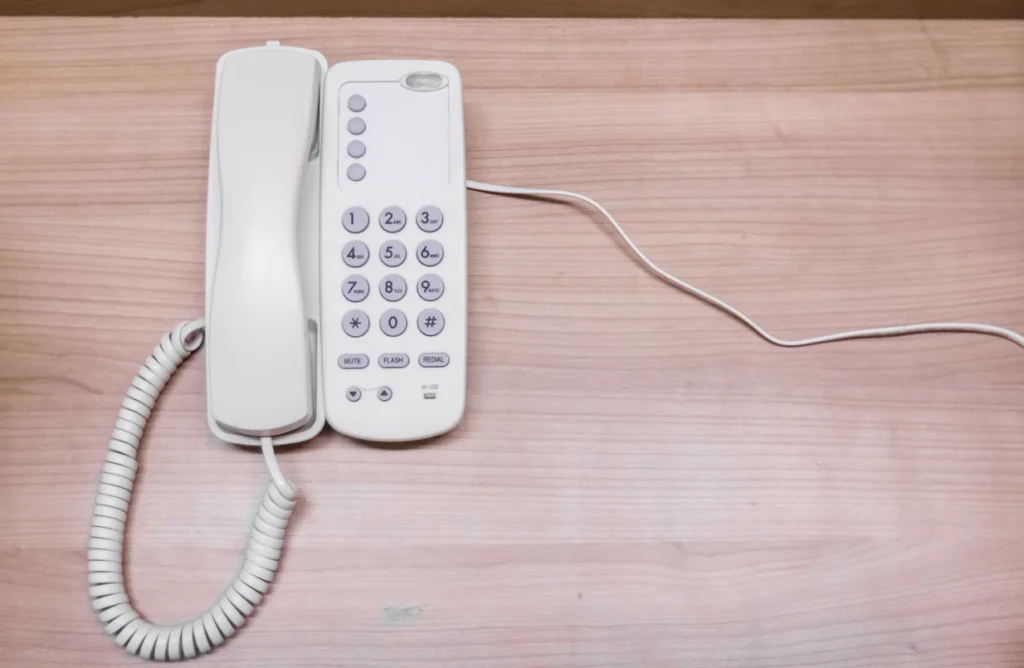
The spiral telephone cord was perhaps the most fidgeted-with item in any ’70s household, unconsciously twisted and untwisted during hours-long teenage conversations. You’d start a call with a pristine, neatly hanging coil, but within minutes your fingers would begin their automatic winding work, creating an ever-tightening spiral that shortened the functional length with each rotation. Autac USA calls that curly cord a positively necessary part of the communication experience, and for good reason.
By the end of a lengthy gossip session, you’d be practically attached to the wall unit, the once-generous cord now resembling a tightly wound spring that would immediately tangle when released. The post-call cord shake-out became a familiar sight in households with teenagers, though the cord never quite returned to its original state—bearing the permanent memory of countless conversations in its perpetually kinked form.
3. The Dreaded Party Line Experience
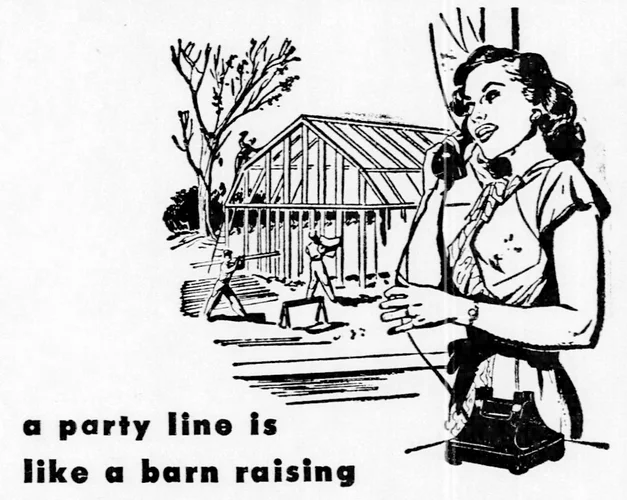
In some neighborhoods, particularly rural areas, party lines remained a fixture well into the ’70s, creating a communication system where privacy was merely theoretical. Sharing a telephone line with neighbors meant developing an acute awareness of distinctive ring patterns—two short rings for the Johnsons, one long ring for your family—and accepting that any conversation might have unsanctioned listeners silently monitoring from their extensions. Southern Living has a lot of fond nostalgia for this quirky phone feature.
The etiquette surrounding party lines included limiting call duration, yielding the line for emergencies, and pretending not to notice when a telltale click or breathing sound revealed an eavesdropper on the line. The strategic timing of important calls became crucial—after dinner but before prime-time television was the sweet spot when most neighbors would be otherwise occupied and less likely to need the shared resource.
4. The Family-Wide Echo of “It’s For You!”
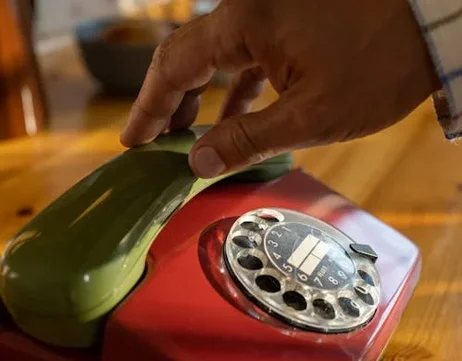
Before personalized ringtones and private devices, a ringing telephone summoned the entire household into action with its authoritative bell. The nearest person would answer, engaging in a brief screening conversation before bellowing the recipient’s name through the house. The volume of the “IT’S FOR YOU!” shout typically increased with each repetition, eventually reaching glass-rattling decibels when the intended party failed to appear promptly.
This ritual announcement system meant that everyone in the home—and often neighbors within earshot—knew exactly who was receiving calls and approximately how many. The mad dash that followed, especially when the call was for a teenager expecting to hear from a crush, could involve leaping furniture, shoving siblings aside, and snatching the receiver with breathless anticipation, all while the entire family observed with various degrees of amusement.
5. The Agony of Missing an Important Call
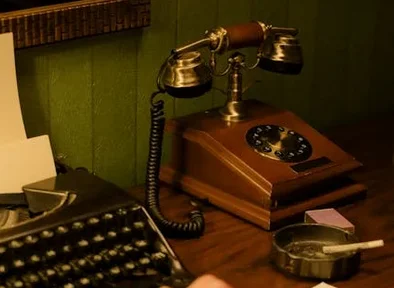
Before voicemail, answering machines, or call waiting, missing a telephone call meant it simply vanished into the ether, possibly never to be attempted again. Important news, social invitations, or romantic overtures might be lost forever if you happened to be in the shower or down the street when the fateful ring occurred. This created a peculiar form of telephone anxiety that younger generations will never fully comprehend.
The solution often involved complex systems of human message-taking, with family members assigned as reluctant secretaries armed with message pads beside the phone. The quality of these messages varied dramatically—from Mom’s detailed notes including callback numbers and times to Dad’s cryptic “Someone called” or a sibling’s deliberately misleading “No one important” when your crush finally worked up the nerve to call.
6. The Phone Book as Your Social GPS
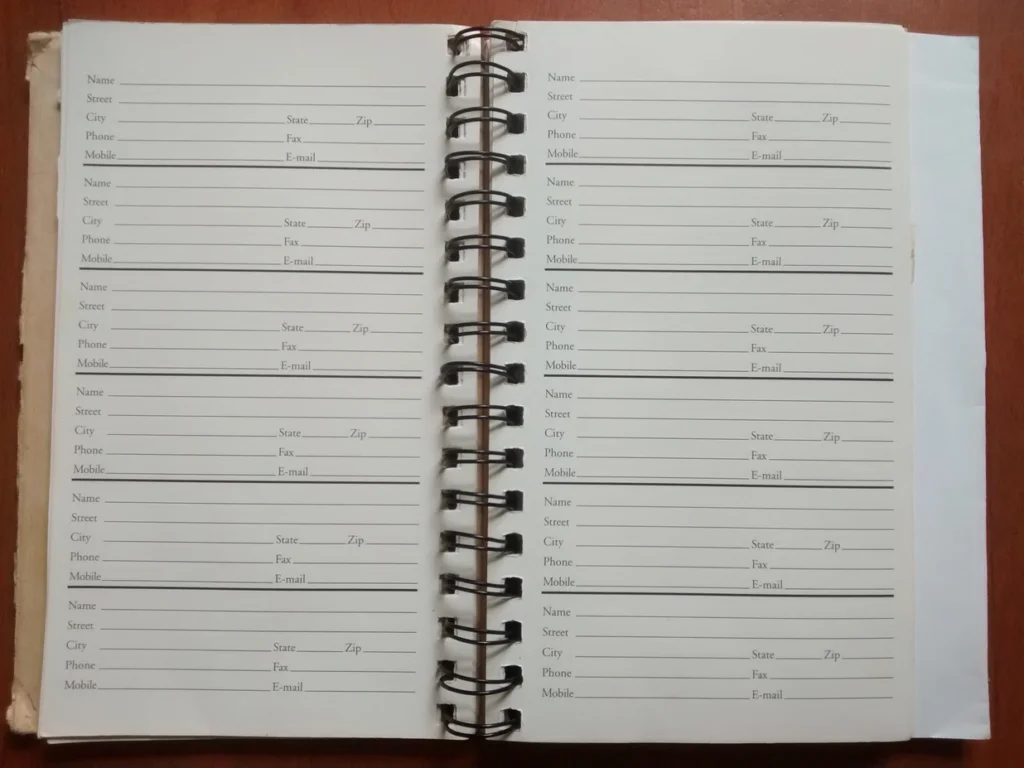
That thick, unwieldy phone book—typically stored under or near the telephone—was the Google of its day, containing the vital information needed to connect with the outside world. The yellow pages section, with its distinctive colored paper and categorized business listings, served as the primary research tool for everything from ordering pizza to finding a plumber in an emergency.
The white pages required its own specialized search skills, particularly when seeking someone with a common surname like Smith or Johnson. Even more challenging was the quest to find a friend’s number when you only knew their first name and approximate neighborhood—a detective process involving elimination, educated guesses, and sometimes calling multiple wrong numbers before connecting with the intended party.
7. The Unique Torture of Rotary Dialing
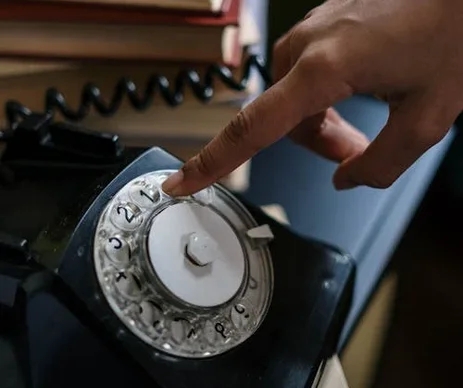
Before push-button phones became widespread, the physical act of placing a call required genuine commitment—especially for numbers containing multiple 8s, 9s, or 0s. Each digit demanded a deliberate rotation of the dial, followed by the distinctive mechanical clicking as it returned to position. A wrong number meant starting the entire time-consuming process from the beginning.
The particular frustration of mis-dialing on the final digit of a seven-digit number created a special form of agony, especially when calling someone whose number contained several high digits. This mechanical interface created a natural limitation on impulsive calling—you really had to want to reach someone to endure the rotary experience multiple times, a built-in cooling-off period that perhaps prevented many regrettable conversations.
8. The Silence-Filled World of Long-Distance Calling

Long-distance calls in the ’70s were serious financial commitments, typically reserved for birthdays, holidays, or genuine emergencies. The announcement that a call was “long distance” immediately elevated its importance, often prompting family members to line up for their brief turn to speak with the distant relative or friend on the other end of the expensive connection.
These precious minutes were carefully rationed, creating awkward conversations characterized by rapid information delivery rather than natural dialogue. The constant awareness of the ticking per-minute charges led to strange communication patterns—meaningful silences were eliminated, pleasantries abbreviated, and conversations ended abruptly when essential information had been exchanged, leaving both parties with the odd sensation of an unnaturally truncated human connection.
9. The Telephone Posture That Shaped a Generation
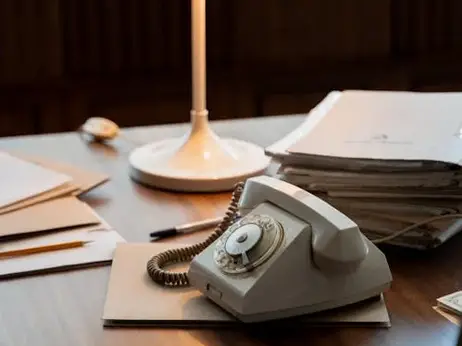
The physical limitations of corded phones created distinctive body language unknown to wireless generations. With movement restricted by cord length, calls often involved contorting into increasingly uncomfortable positions as conversations extended beyond a few minutes. The classic pose—receiver cradled between shoulder and ear, neck craned at an unnatural angle, body twisted toward the wall for privacy—would be immediately recognizable to any ’70s teenager.
This phone posture persisted even during marathon calls, creating a generation with remarkably strong neck muscles and a unique capacity for physical discomfort in pursuit of social connection. The physical reminder of conversation length—progressive numbness in the shoulder, tingling in the ear, cramping in awkwardly positioned legs—created a natural endpoint that today’s unlimited talk time has eliminated.
10. The Mysterious Allure of Prank Calls

Before caller ID destroyed the art form forever, prank phone calls represented the perfect blend of technological access and consequence-free mischief for ’70s kids and teenagers. Armed with anonymity and a phone book full of random numbers, young people developed elaborate scenarios and character voices to confuse, amuse, or mildly irritate strangers at the other end of the line.
The classic routines—”Is your refrigerator running?” or asking unsuspecting homeowners if Prince Albert was in a can—became cultural touchstones passed down through generations of mischief-makers. This telephone-specific form of entertainment, typically performed with a gaggle of giggling friends crowded around the receiver, provided both adrenaline rush and social bonding experience that no digital prank has quite replicated.
11. The Battle for Telephone Time in Multi-Teen Households
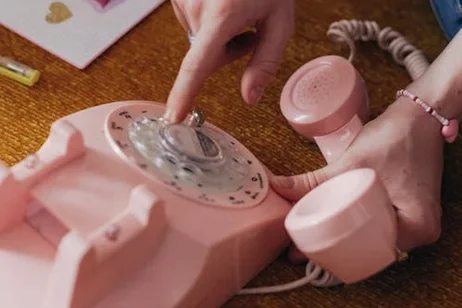
In homes blessed (or cursed) with multiple teenagers, the single family phone became contested territory that rivaled geopolitical conflicts in its intensity and complexity. Elaborate time-sharing systems were developed, often breaking down during critical social moments like post-dance debriefings or pre-exam study coordination with classmates.
Parents frequently assumed the reluctant role of telecommunications regulators, enforcing arbitrary time limits that satisfied no one and monitoring content through strategically timed walks past the phone location. The introduction of kitchen timers placed meaningfully beside the telephone created a countdown pressure that made every second of conversation precious—and virtually guaranteed that the most interesting topic would arise just as the timer’s ding signaled the end of your allotted time.
12. The Evening Telephone Curfew

Unlike today’s 24/7 connectivity, the ’70s telephone operated under strict time constraints that everyone intuitively understood. Calling after 9:00 PM (unless in cases of genuine emergency) was considered a serious social faux pas that could result in sleepy, irritated parents answering and permanently damaging your reputation as a considerate human being.
This unwritten curfew created a natural boundary around daily communication—conversations had definitive endings rather than the perpetual availability of today’s texting culture. When a call concluded with “I should go, it’s getting late,” both parties understood this wasn’t an excuse but a recognition of shared social norms. The resulting communication blackout period—from roughly 9:00 PM until after school the next day—created a rhythm of connection and disconnection that defined the decade’s social patterns.
The humble landline telephone of the 1970s, despite its technological simplicity, managed to create complex social systems and cultural practices that shaped an entire generation’s communication style. While today’s smartphones offer convenience and constant connectivity that would have seemed magical to ’70s teenagers, something has been lost in the transition—the special excitement of a ringing phone, the focused attention of a conversation without distractions, and the clear boundary between being “available” and simply living your life. Perhaps in our world of text messages, social media, and video calls, we occasionally miss the straightforward connection of picking up that heavy handset and hearing a familiar voice say, “It’s me—I’ve been trying to reach you all day!”


